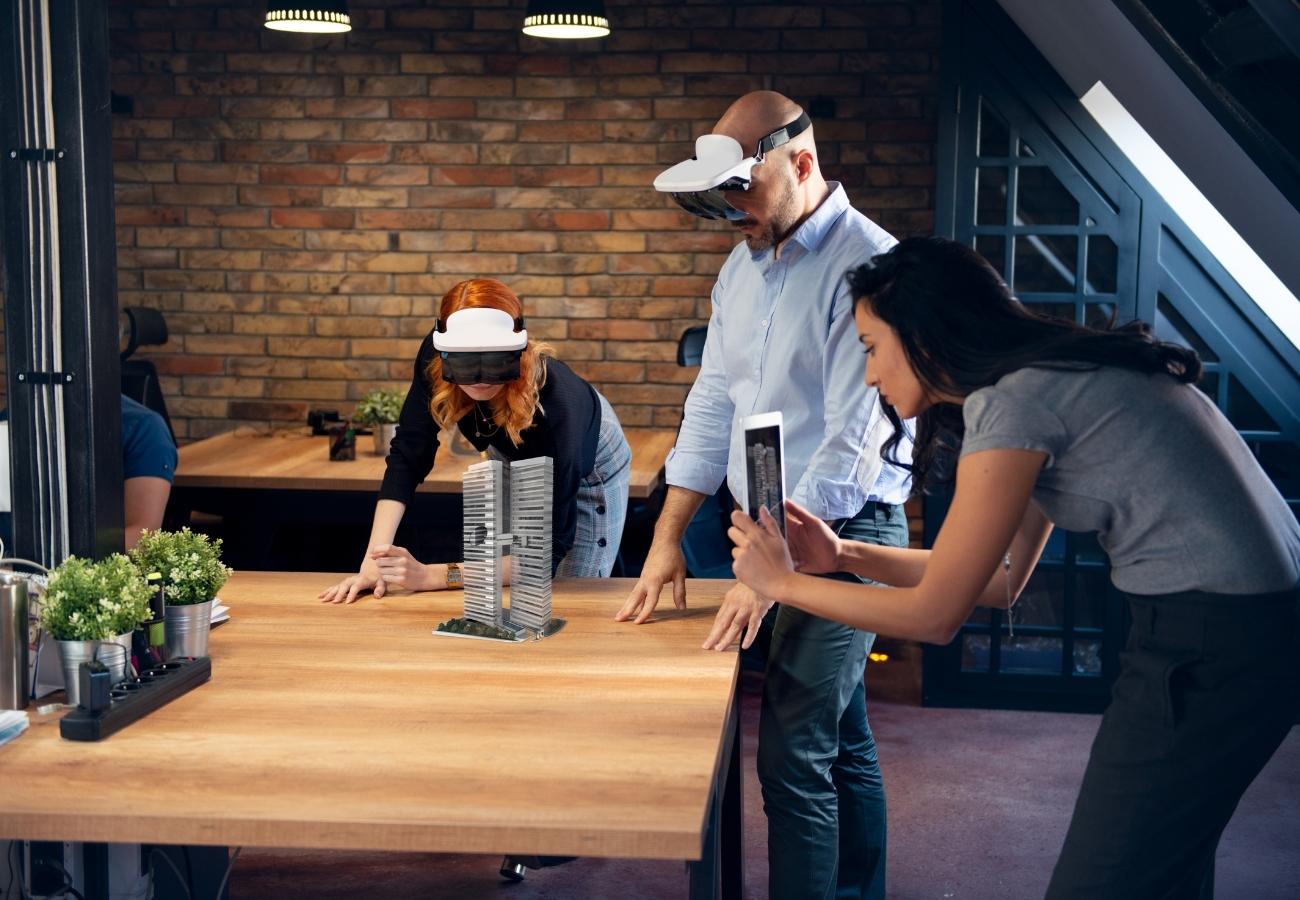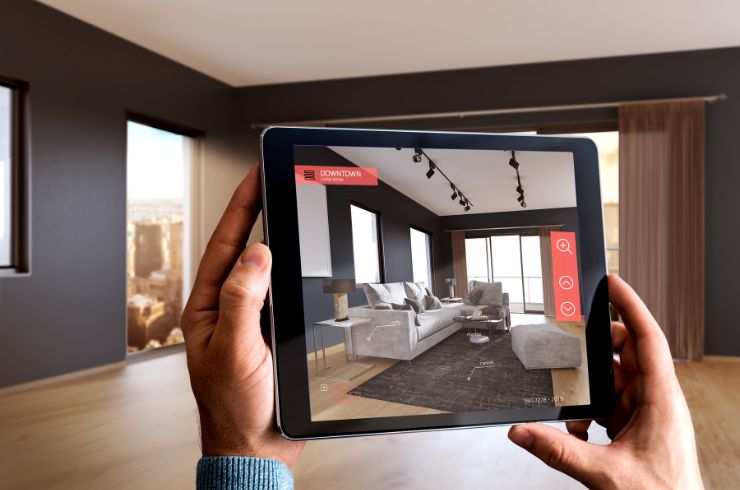The AEC industry has always been one of the fast-growing and highly competitive industries. The complexity and multi-functionality of the field have pushed the automation of some processes to ease architects’ life. One of the recent changes that greatly impacted the workflow of architects was the integration of BIM, which is the virtual information representation of the project.
What Is BIM?
BIM is the process of managing and creating information for a building. Enabled by a cloud platform and thanks to its data integration it creates a visual representation of a building, starting from the design phase up to the exploitation.
In contrast to CAD, BIM makes the data of the project easily accessible for all stakeholders and enhances better collaboration and project information management processes.
During the construction process, the builders and project managers can discuss the shared data of the cloud model which will end up in better and more efficient project management. This is not only an up to date way of the design process, but also a very sustainable one as it saves a lot of resources such as time, finances, and materials and creates results with the minimum waste. Even though it is still relatively new, and needs better integration, it still has brought a list of advantages with increasing the accuracy in:
1. On-site collaboration
2. Clash detection
3. Scheduling
4. Cost estimation
5. Use of single database
Visualization Tools and BIM in the Construction Industry
AR or VR?
Although these two terms are mostly used together and might seem the same to many, there are still a lot of differences between them.
What Is the Difference Between AR and BIM?
While VR creates a completely digitized experience in an artificial environment, AR creates a digital layer over the existing one, by being the bridge between real and virtual.
AR is also a relatively new technology that opens big prospects for architects and designers, by merging artificially produced information with the real world.
The advantages are way more when they are combined with BIM. The combination of BIM and AR brings the project creation process to the next level. While BIM is a data-driven tool that facilities the construction process by helping identify the risks at the beginning phases, AR presents a mixture of real and virtual worlds and gives the clients an immersive experience and a better perception of a space. With the combination of these two tools, we can achieve a more efficient way of building management.
What Is AR in the Construction Industry?
BIM, as said brings a list of benefits to the AEC industry, but with the help of AR, it will be possible to integrate a data based 3D model into an actual real world environment, to make the experience even more full.
AR, as said, allows overlaying digital objects over the real-world environment. This technology increases accuracy and is beneficial in all aspects.
For instance, HVAC professionals execute an air conditioning plan without any errors and create an efficient system for the whole building, by only just relying on the data and the real world visualization they have. Most importantly, the software is easily accessible from our daily-used smart devices, and Augmentecture is one of them.
Revit is one of the many BIM tools, which helps in the creation of documentation, 3D, and all the relevant data about the project.
Augmentecture created a plug-in for Revit with which the user can export the model, print, scan, and view it straight from a mobile device. This function of Augmentecture improves the communication between the client and the architect, is easily accessible for all stakeholders, and gives a more comprehensive view of a building.
With the mix of AR and BIM, we can see the building in the real environment before it is built, can troubleshoot all the risks in all project phases starting from implementation to realization, optimize the construction process, and have a better-managed budget.
Advantages of BIM and AR
AR allows users to completely experience BIM interwoven with the real environment, so it brings up benefits referring to:
Project planning
Communication with clients and other stakeholders
Design analysis and many more
Conclusion
Both Building information modeling and augmented reality bring a list of benefits by themselves, but when combined together, they can bring out the most efficient outcome for every project by eliminating errors and guesswork and accelerating the construction process.




